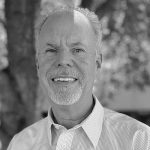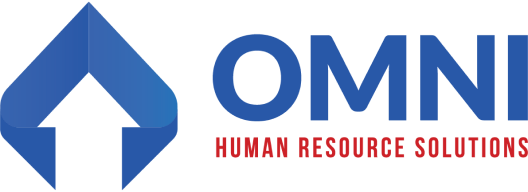
How many times have you sat around a table with your colleagues and acknowledged you’ve been dealing with a problem for a while now and can’t seem to find a solution? The key to finding the solution is to change things. Author Roger Dusing, PhD, advises, “Change the process, change the organization, and change your thinking.” Easier said than done, as the saying goes.
For years I’ve frequently – perhaps too frequently – two famous businesses quotes. The first is from Albert Einstein, who said (paraphrased) “doing the same thing over and expecting a different result is the definition of insanity.” The message here is that if you want different results, you have to change your process. The second quote comes from management guru Tom Peters, who said, “every organization is perfectly organized to achieve the results it is currently achieving.” So, Peters is telling us that if you want different results, you have to change the organization.
Recently, while in the William Jewell College Pryor Learning Commons, I saw my new favorite quote on a wall. This one, also by Einstein, says, “we can’t solve problems by using the same kind of thinking that we used when we created the problem.” In short, if you want change, you need to change your thinking.
How many times have you sat around a table with your colleagues and acknowledged you’ve been dealing with a problem for a while now and can’t seem to find a solution? The key to finding the solution is to change things. Change the process, change the organization, and change your thinking. Easier said than done, as the saying goes.
Changing the process seems the most straight-forward. Add a new step, reverse the workflow, or try to slow the process down. It’s possible that none of these will optimize the process, but often by intentionally “de-optimizing” (that’s a real word, right?) helps you see the real issue more and how to address it more clearly. The objective of a popular word game is to guess the correct spelling of a five-letter word in as few tries as possible. Sometimes when you get stuck, you need to try a word that you know isn’t right, just to see if that guess reveals some new letters or provides new information.
Changing the organization may mean changing the personnel, or it might just mean shuffling things around. If a department is struggling, maybe that department manager should report to a completely different executive for 90 or 180 days. Or maybe you have a manager from somewhere else in the organization trade places with one that is struggling. Either way, you get new eyes on the problem unencumbered by the mindset of “we’ve always done it this way.”
The hard one, and my new favorite, is changing your thinking. How we think is the result of how we’ve been taught and what we’ve learned for our whole life, isn’t it? If I were a philosopher, I might say that how we think is who we are. How do you find a new way of thinking? I don’t think Einstein was being that philosophical. Thinking and problem-solving require the use of assumptions. It is rare in business life that you can control every variable. So instead, you make assumptions: if I do A, then B will happen, which will then result in C. One way to change your thinking is to change your assumptions. Maybe, if I do A, then D will happen, which will then result in E. Build a model to let you play with both mildly – and wildly – different assumptions, just to see what happens.
The bottom line, if you are looking at how to resolve a daunting challenge, you need to make some changes to find the solution. Change your process, change your organization, and change your thinking. To use an overworked axiom, get outside of the box. Change your perspective, change your team, challenge your assumptions, and examine every sacred cow. I’m pretty sure that Confucius didn’t say this, but he should have – without change, there is no progress.

Roger Dusing, PhD, is a Senior Consultant and the Higher Education Practice Leader at OMNI. He previously served as Chief Human Resource Officer at Park University for eleven years. With over 40 years of HR experience, including 30 years in C-suite level roles, he looks forward to reflecting his passion for higher education in his work to bring affordable, high-quality HR services to small- to medium-sized colleges and universities.
Roger holds a PhD in Business Management, with a concentration in Human Resources from Northcentral University, a Master of Science in Administration from Central Michigan University, and a BS in Industrial Engineering from Bradley University. He also authored the book “I’m Fired?!? A Business Fable About the Challenges of Losing One Job and Finding Another.”

